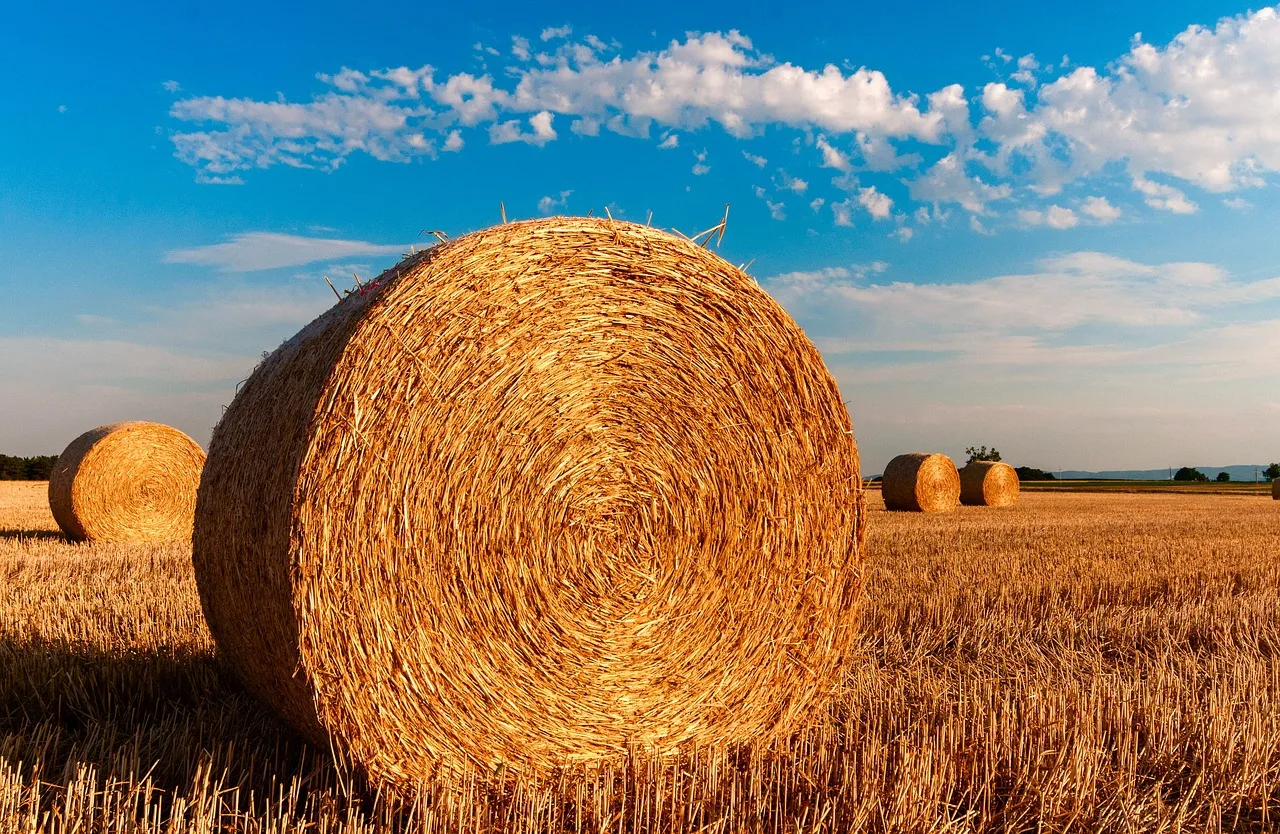
(NDAgConnection.com) – This winter has provided warmer than average temperatures, which are much appreciated after last winter. However, these mild temperatures have been accompanied by slightly below normal moisture through early March and the expansion of drought conditions.
Factors that will influence forage production in 2024 are last year’s fall moisture, last year’s grazing management and this year’s April through June precipitation.
“In 2023, the timing of rain in each region is what drove forage production, with the western regions of North Dakota having an outstanding forage year and the northern and northeastern regions having a poor year,” says Kevin Sedivec, NDSU rangeland management specialist.
The 2024 forage outlook starts with 2023 fall moisture. Cool-season grasses, which make up over 95% of grass hay and 70% to 80% of pasture forage in North Dakota, develop new tillers in September and October that become the first growth in the spring. The absence of fall tillers can delay spring green-up by up to two weeks and can impact overall forage production by over 50%, adds Sedivec.
Tillers that develop in the spring come from buds that broke dormancy in the spring, usually when soil temperatures stay about 40 degrees Fahrenheit for three or more days. The tillers established in the fall will grow as soon as temperatures reach 32 degrees for five consecutive days.
Impacts of fall moisture
With the exception of the northcentral, northeastern and southeastern regions of North Dakota, most of the state received 80% to 150% of normal precipitation in September through October. This fall moisture would have created new fall growth, setting up much of the state to have a normal forage production year.
However, the northern regions of the state – especially the northeastern section – were in a drought for much of 2023 that continued into the fall. These areas of the state will more than likely have a below normal outlook for both hay and grazing forage this year.
Impacts of fall grazing management
Although much of the state should have had good fall tiller production, fall and winter grazing management can override this benefit. If these tillers are eaten or die due to drought, then spring growth must occur from new tillers developed in April and May.
Heavy grazing during the fall and/or winter that resulted in the removal of the growing point (between the bottom two leaves) from tillers will cause additional stress and tiller mortality. In the event of high fall tiller mortality, grasses will need to develop a new tiller in the spring, delaying growth two to three weeks.
Heavy grazing use in the fall not only delays growth but causes reductions in overall plant growth and forage production. Data collected by NDSU Extension found that severe grazing use, greater than 80% removal of available forage, reduces growth of cool-season grasses and forage production. Forage production was reduced by as much as 57% on sites evaluated as having severe grazing use the previous fall.
“So, if you grazed your tillers short last fall or during the winter months, expect a delay in green-up and forage production in 2024,” says Sedivec. “Plan to defer these pastures from grazing in the spring of 2024.”
Impacts of winter snow and spring rain
As of Feb. 27, 87% of the state is experiencing some level of drought. Although snow is important for refreshing water sources, most years snow only adds about 25% of the total moisture for plant growth. Because the ground is usually still frozen when snow melts, most of the moisture flows overland into water bodies.
“Spring rain is still the most important moisture for overall forage production,” says Miranda Meehan, NDSU Extension livestock environmental stewardship specialist. “April through June precipitation drives forage production in North Dakota. Due to the dominance of cool-season grasses, rains during this period are responsible for 80% to 90% of forage production in the state.”
